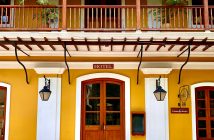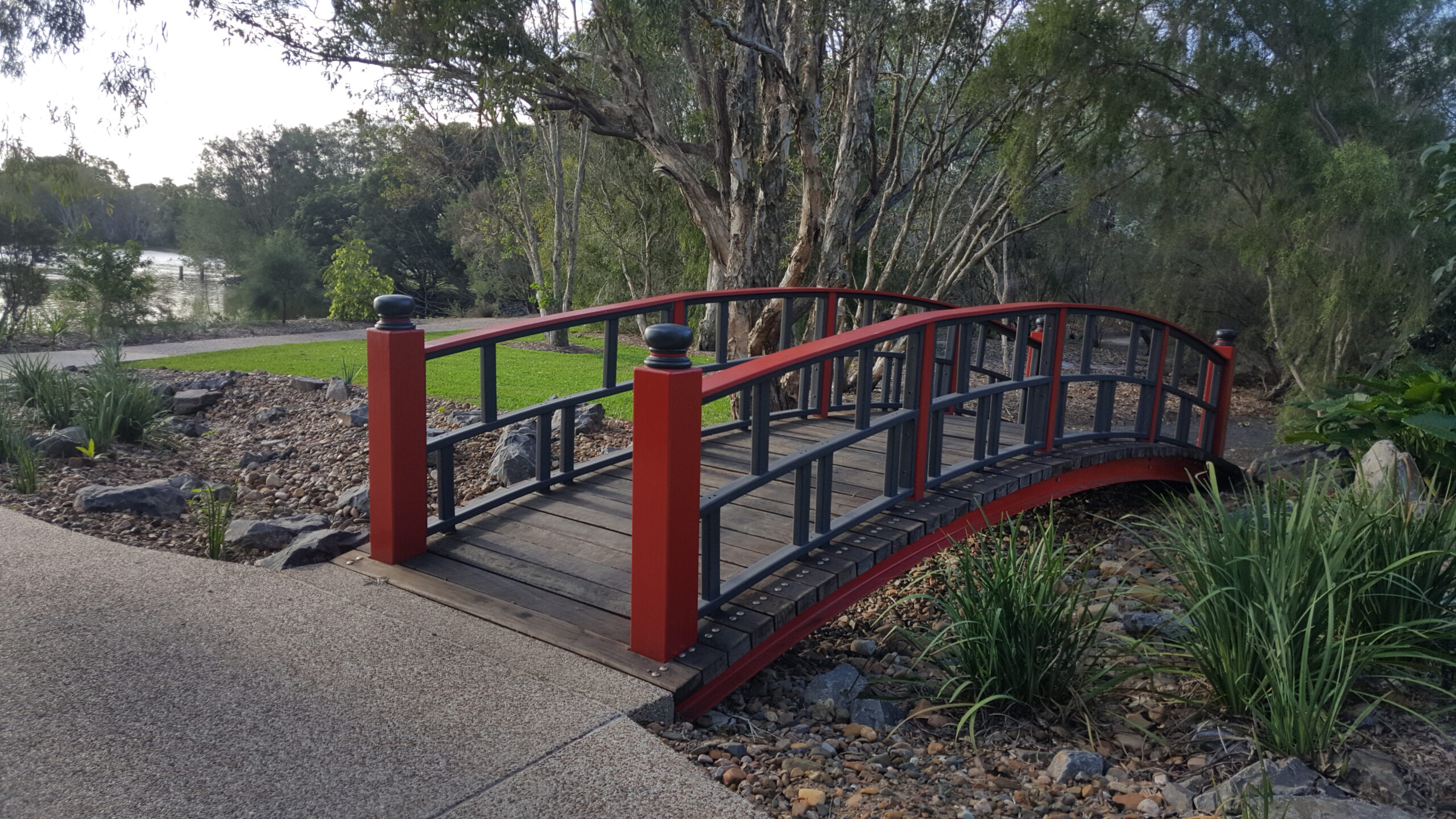It was when I came upon my pair of Woodlands shoes during a spring cleaning spree that th etravel buggripped me. Which destination to go to I wondered? Overseas most definitely, as it did not allow for contact with the office.
So Europe it had to be, as usual. Why not Asia, you might ask? Too crowded, with a tendency to find fellow countrymen there. Why not the U.S.A. or New Zealand? Way too distant in terms of flight duration if travelling from India.
Europe has been my all-time favourite for several reasons. It is sufficiently far off to distance yourself from home, yet not too distant in terms of travelling time. Besides, the cost budget for Europe works in my favour too. The airfare comes decently priced if booked in advance, say ten months before the date of travel depending on the airline.
A Schengen visa is what it takes for travel to any of the 26 countries in the European Union. As far as accommodation goes, I settle with mid-range hotels to 4* categories primarily because I need the hotel merely for an overnight stay and a shower. Not worth the cost of a 5* hotel with little time for luxurious pool dips or spas or indulging in multi-cuisine restaurants of the hotel. Besides, mid-range overseas hotels usually come with decent amenities and offer value for money.
Luxury is far from my mind while travelling abroad, in fact, I have a preference for exploring the city on foot and living like a local. A challenge but worth the experience.
Inter-city travel can be made by a coach or in driving a hired car as this allows for a whiff of the countryside vs. air travel. It helps to have an international driving licence and know-how of left-hand driving and international driving rules. Car hire may come at a premium price, though. Try high-speed trains too, if at least for the experience. Flights for inter-city travel tend to eat into your time by having you to report to the airport a couple of hours before departure. Besides, there are airport procedures that take much time too.
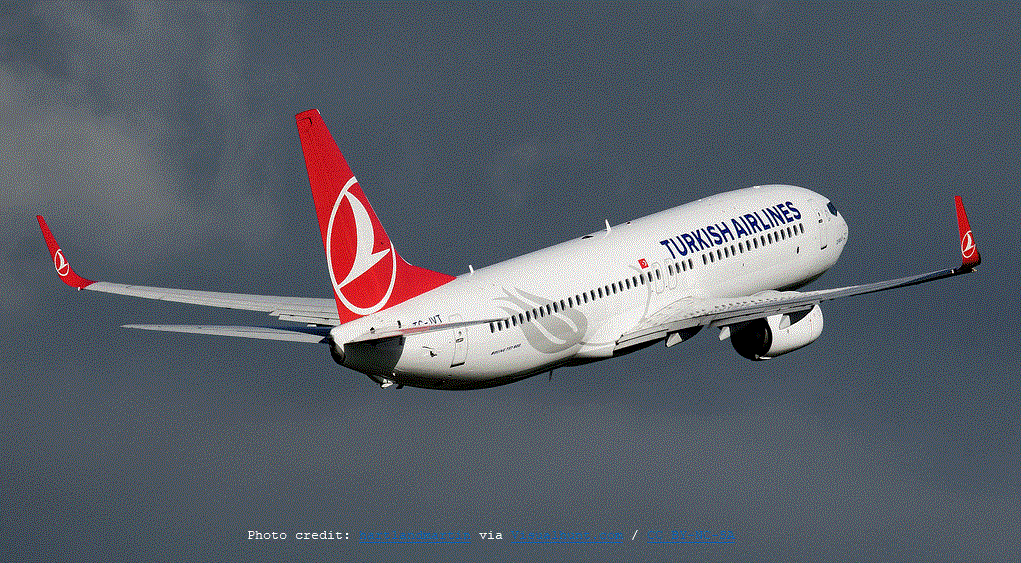
Turkish Airlines, via Turkey
How to Prepare for Overseas Travel
Decide on a trip destination. If travelling to multiple cities, decide on cities in the proximity of each other to allow for the least amount of inter-city travel time. Also, stick to one side of the continent,say just Eastern/Western or Southern/Northern if you have to spend just a couple of weeks there.
Check the date of expiration of your passport to be valid for 3-6 months from the date of return from travel. I usually stick to 6 months as this is the minimum time allowed for the seamless renewal of a passport. I maintain a reminder to renew my passport to avoid last-minute challenges in doing so.
Check for sufficient number of pages in the passport for immigration stamps, don’t depend solely on the validity of the passport
- Book a valid ticket to and from the airport closest to the cities of arrival and departure.
- Book hotel accommodation if not living with a friend or a relative, in the city centre or one with a metro station nearby
- If living with a friend or a relative, a sponsor letter would be required from them by the visa authorities
- Apply for a valid visa at least 3 weeks in advance which holds true in most cases of Europe travel
- Book an overseas insurance to cover loss/theft of documents and currency or flight misses
- Buy a local SIM for calling locally as well as your home country and accessing internet data. I pre-buy a SIM instead of waiting to procure it locally as quite often airport transfers are unreliable in Europe and using data roaming can cost the earth. A sure bet is to go with Matrix, their services are professional. I prefer to avoid Clay SIMs, at least from poor personal experience
- A universal travel adaptor (two-pin, 230V) for charging mobile phones, cameras – preferably two, to charge both the phone and camera simultaneously.
 Carry a portable battery bank,preferably two to keep the mobile working should inter-city or inter-state travel not allow for sufficient charging time.
Carry a portable battery bank,preferably two to keep the mobile working should inter-city or inter-state travel not allow for sufficient charging time.
- Pick up travel guides to check for the weather, currency, sights and culture
- Pack in a toothbrush and toothpaste without fail as these don’t fall among the fringe benefits of any hotel
- A travel card loaded with enough Euros that may be exchanged for the local currency wherever necessary
- A credit card to deflect issues with the travel card
- Cash money to divert issues with travel/credit cards and for local usewhere cards aren’t acceptable
- Wear a sturdy pair of walking shoes as European countries are best explored on foot with museums within a few kilometres from each other
- Wear a warm jacket and layered clothing to put on in cold weather and to wean off when warm. Scarves, beanies, moisturiser, sunscreen, sunshades are handy to carry around. I keep my shades in a hard case to endure baggage drops from a height or under the weight of other baggage
- Pack in an additional set of clothes in your cabin bag should the straight through checked-in baggage not make it in time to the connecting flight.
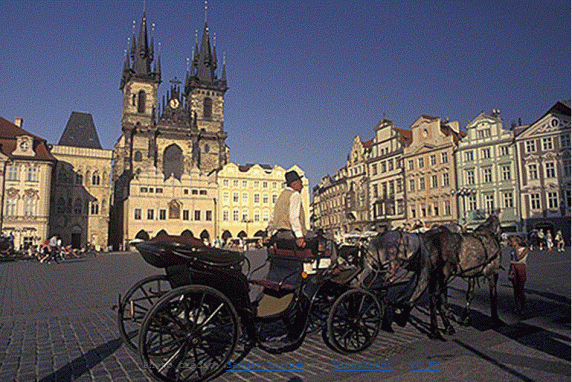
City Centre, Prague
- Carry a formal pair of shoes and garments only if attending a formal concert/show. In recent times, formal wear restrictions are dispensed with to allow tourists to enjoy shows while on holiday.
- Carry an umbrella as it tends to spit/rain without a warning unless one checks Accuweather on a daily basis
- A camera, preferably a DSLR to capture hundreds of scenic pictures
- Copies of your passport, ticket, visa and insurance in your check-in baggage as well as cabin bag
- Use up the coins in local currency a day before the day of departure as far as is possible as they cannot be exchanged for the Indian Rupee by any bank or currency broker back home.
- Web check-in 24 hours before, to account for flight advancements/delays. Preserve your boarding passes for Frequent Flyer benefits.
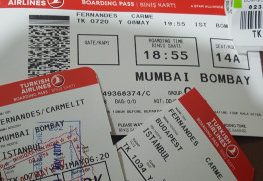
Boarding passes
- Carry a few over the counter medicines to deflect a fever or head/body ache or stomach gripes. Band-Aids to combat shoe bites.
- A ready reckoner or checklist with details of the main contact persons. The hotel name/s and number/s, the travel agent’s name and number, local agency’s detailed information if any, details of local SIM agent, insurance and airlines. Jot it down on a paper list that can be read from should the mobile battery get drained and thus inaccessible.
When geared with the basics, I’d suggest you get down to researching about the city/ies of travel to help you be an informed traveller. My choice for a good travel guide comes in the form of The Lonely Planet Guide. If there’s dearth of reading time, use a pocket guide to help you with its top sights, day-wise planner, need to know facts, shopping, weather, eating/drinking, and maps. Quite often it is the reading of the guide that takes you on a travel mode far ahead of the actual date of the trip. Avoid carrying the book guides with you as there’s little time to read while flying beside adding to the weight burden.
Let me start with my tips for travel in Europe, most of them apply to global overseas travel too.
To start with I pack my bags with deliberation. I seal off lotions and liquids in ziplockplastic bags, or regular poly bags sealed tight with rubber bands to avoid spills owing to cabin pressure. I avoid cello/scotch tapes as they tend to get chaotic to de-tape and peel off nail enamel in the process.
Talking about nail enamel, I get my nails manicured with gel nail polish to withstand weeks of (mis)handling. I also get a short hair crop as hair jobs are overpriced overseas.
I cram in a few plastic or cloth bags to separate used inners and socks. Just so that you don’t end up wearing the same old socks the next day.
I avoid carrying selfie sticks as they’re unwieldy to carry in the backpacks when sight-seeing and well there’s a limitation to a selfie stick! I’d rather get a scenic backdrop as it is without me spoiling its picture-postcard look unless the image appears incomplete without me.
As far as leaving from home goes, I usually hire a car from a local car hire agency to drop me to the airport. Never call for an Uber or an Ola cab as they have baggage carrier restrictions, and you’ll end up booking two cabs – one for yourself and the other for the baggage! I always call for the car 15 minutes before the actual time of departure from the residence as reasons for the delay in reporting time are aplenty apart from sudden and frequent road diversions. Or car breakdowns.
I try to memorise the flight & terminal numbers, including my passport details instead of rummaging into my handbag time and again. A good memory also helps when bags with documents are lost.
I place my currency in a separate section of my handbag to avoid losing it in the process of frequently dipping into it during airport checks.
The airline counters usually open two hours before departure. I take care to read the local airline restrictions in baggage dimensions and weight and also the visiting country’s luggage restrictions. I have known globetrotters to be allowed say 40-60 kilos baggage via Business class from their countries of origin to the visiting country only to be rudely shocked when not permitted to carry over 20 kilos on inter-city flights. What I mean is that while the baggage allowance could be 30-60 kilos from India to Europe, it may be just 20-30 kilos from say Prague to Vienna, or Vienna to Budapest within Europe. A sorry state it is to have to leave your overweight bags behind. Tag your luggage with your name tag or airline tag too!
As for me, I make it a point to carry just one check-in bag and one cabin bag. Most local coaches don’t handle more than one bag. If running out of denim/clothes, you have the option of buying a set or two at the local supermarket. Better this, than being overweight from the start.
Always travel light to allow for space for shopped items. I keep a standard spring scale at home to check my baggage weight before proceeding on travel, to ward off an unpleasant shock at the airport. When returning, I weigh my bag at the Fitness Centre of the hotel to ensure I am well within the weight boundaries again.
If, for some reason, the checked-in baggage is heavier than it ought to be, place your jackets and heavy shoes right on top. If necessary, open up the check-in bag and wear a double jacket or wrap one around the waist. Trade the light shoes for the heavy ones and fill the jacket pockets with whatever is permissible on board.
For locking up my baggage, I use TSA locks as my bags needn’t be broken open during sporadic airline security checks. Even if pried open, the TSA locks can be fastened back in place unlike old-fashioned small key locks. As TSA locks have a combination code which needs to be remembered, it’s recommended to use an easy to memorise or oft-used code.
Wear comfortable clothing, especially not tight or flowing ensembles. Stick to trousers if you can and avoid flowing sarees and elaborate salwar-kameez with dupattas as they come in the way of escalators or walking freely apart from making you stick out like a sore thumb. Europeans are known to wear pale shades, with just a tie or a scarf to add a dash of colour. You may differ if you wish to look touristy and attract thieves looking out for an ignorant tourist.
I am careful to avoid carrying over 100 ml of liquids, like perfume, in the cabin bag unless purchased en route at Duty-Free stores. I preserve 10ml/25ml perfume testers to carry on my travels to last a couple of weeks. I place all my cosmetics in a transparent polybag as some airports require this separation. Jackets, shoes, laptops need to be removed and placed in trays to pass the security check.
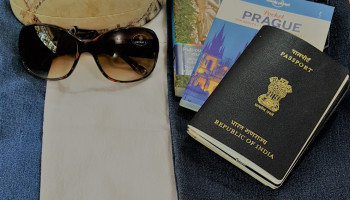
Passport/s and travel paraphernalia
Keep the passport in a suitable pouch with sufficient space as there’s nothing more damaging than a damaged passport! Carry the latest valid passport along.
I usually pre-order 2L of Duty-Free liqueur to avoid having to lug it around apart from adding to the burden of baggage weight. I check for online discounts when/wherever applicable. Perfumes and chocolates I am inclined to purchase from the foreign Duty-Free shops as these may not be available for pre-order. I read up about what’s cheapest at the destination or manufactured locally and avoid buying what’s available back home unless the quality is a thing to reckon. Avoid offering to buy things for people as you will tend to be bound by that promise even if you have no time or enough currency for the purchase. Also, avoid buying untreated wood or edible items like cheese or animal fur bags or jackets to have to declare them or pay Customs Duty for.
I set the alarm for boarding time in case I get lost in reading a book or looking around at the airport stores which is rare in my case. I keep an eye out for last-minute announcements in a change in boarding gate and keep my passport and boarding pass handy. Not in my hand, but handy for check-in/boarding procedures.
I prefer an aisle seat on long haul flights as it allows for the use of the toilet without having to disturb the person sitting next door. Or picking up a glass of water or stretching the legs a bit. I catch up with much-needed sleep so as to be awake and refreshed to sight-see late into the night of arrival. I eat well but light during travel for obvious reasons.
The moment I board the aircraft I check the flight route and time on the seat screen and adjust my watch to set it to the destination time zone.
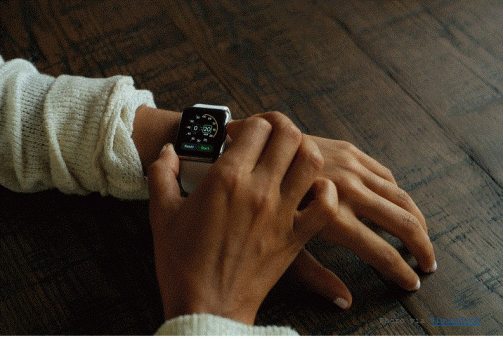
Adjusting time, in changing time zones
Behind time in Europe, from India. Upon arrival, I set my alarm to tick off within minutes to check if it works correctly as incorrect alarm settings may wake you up too late to catch the next day’s city tour or even to catch the final day’s flight back home!
More on my Europe travel to follow in the next article.



